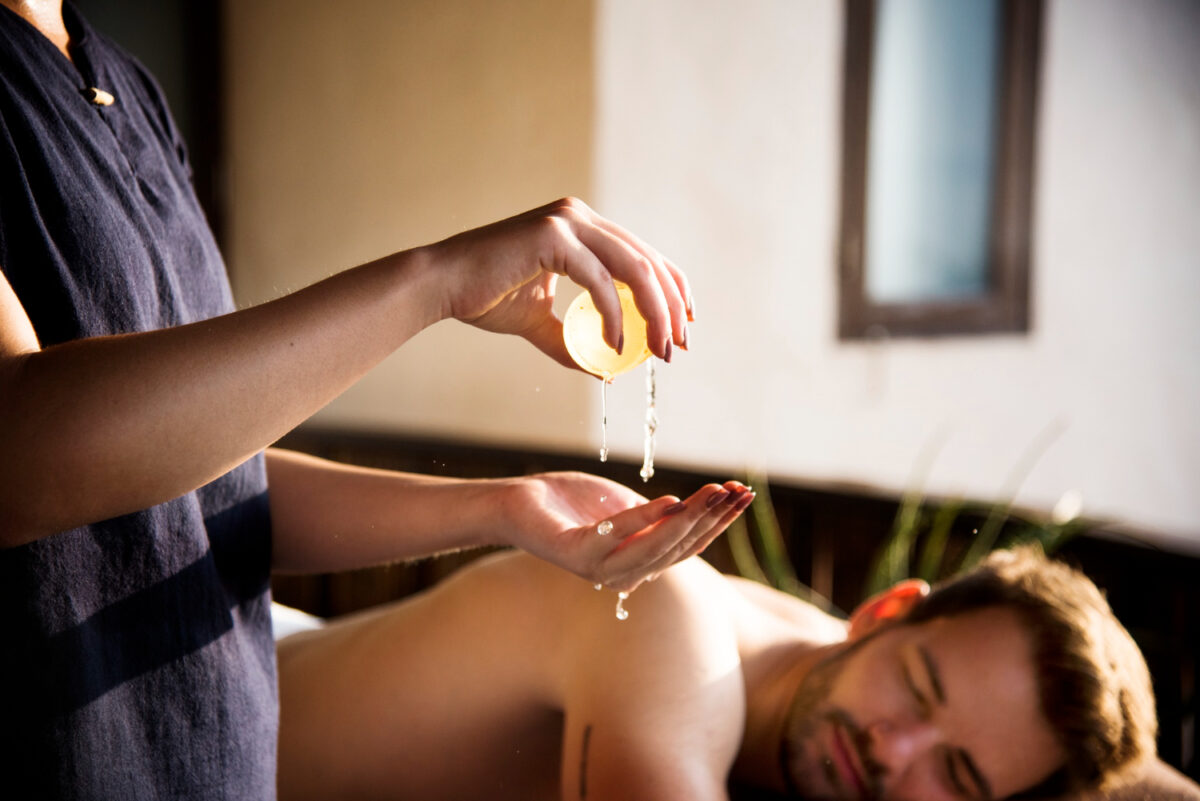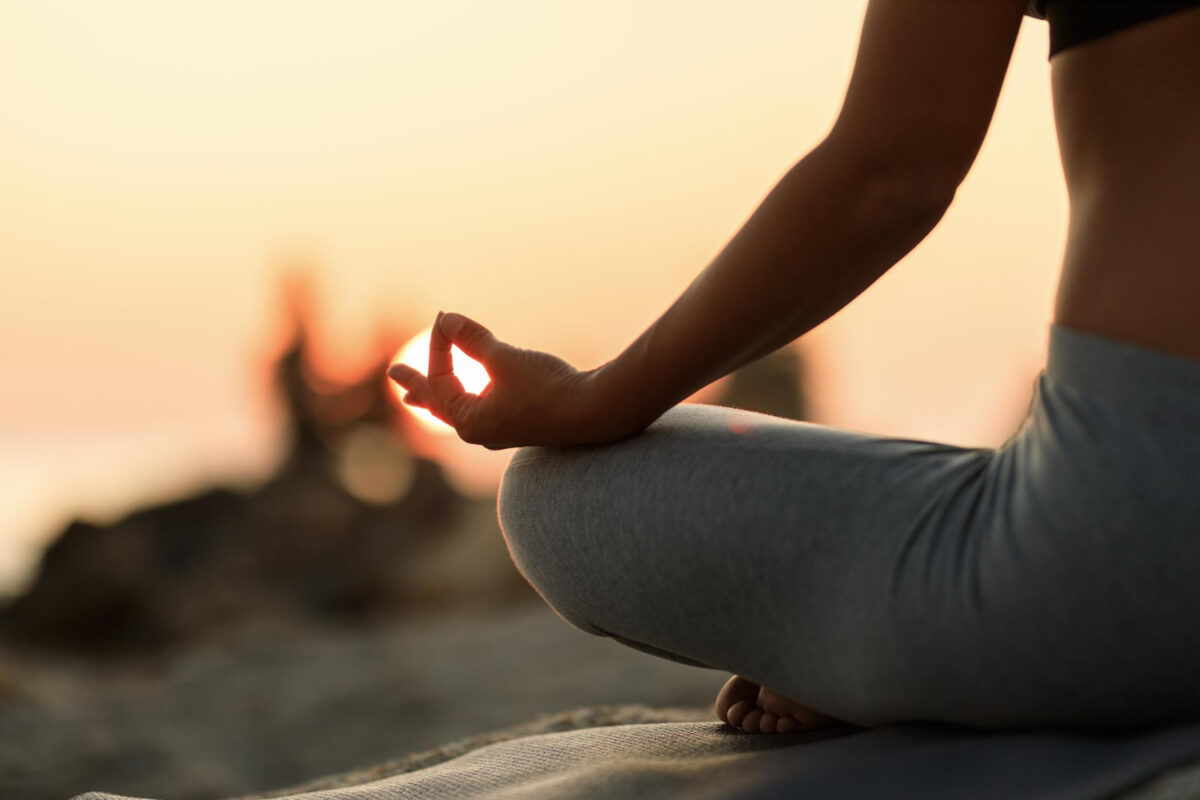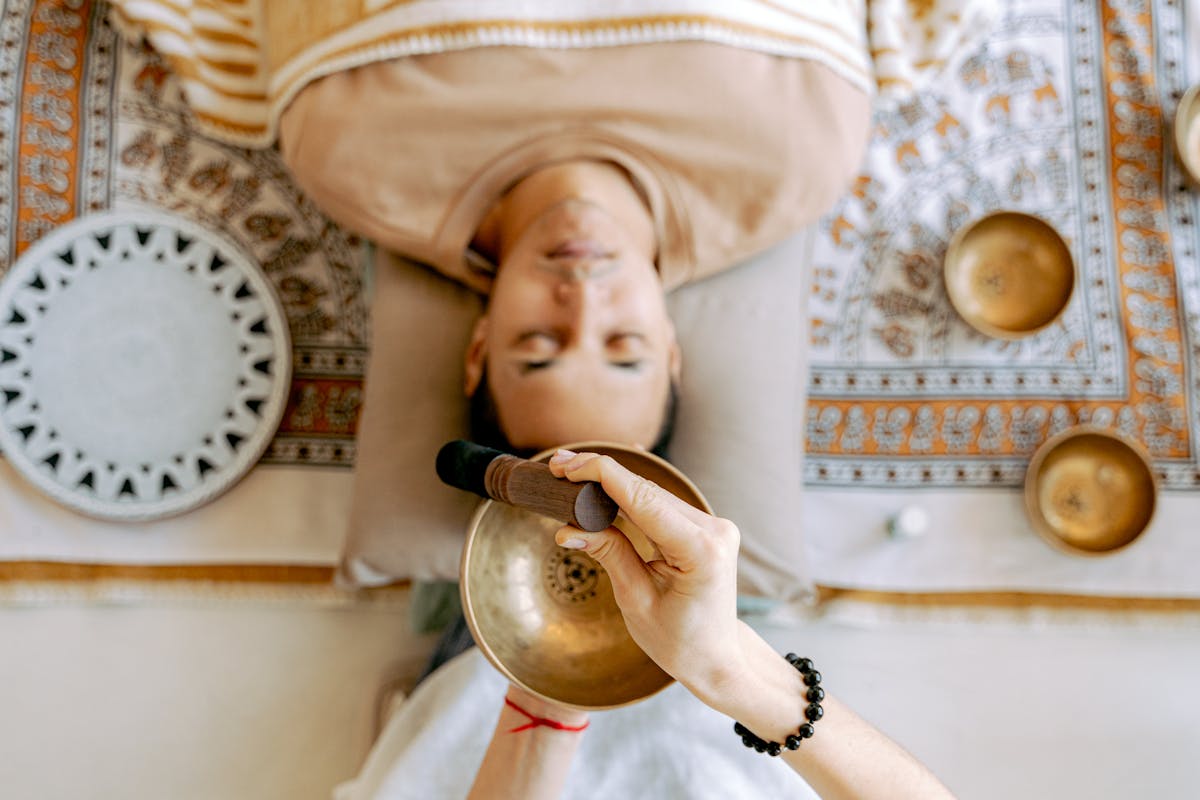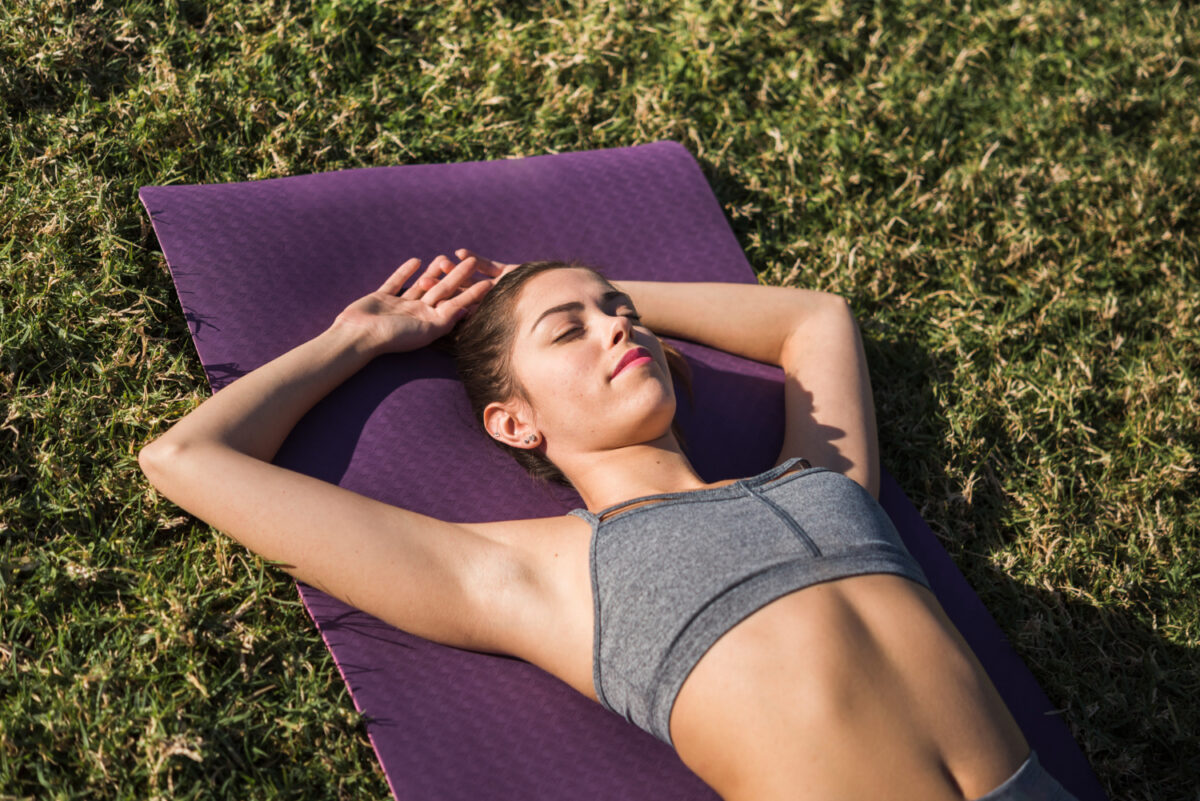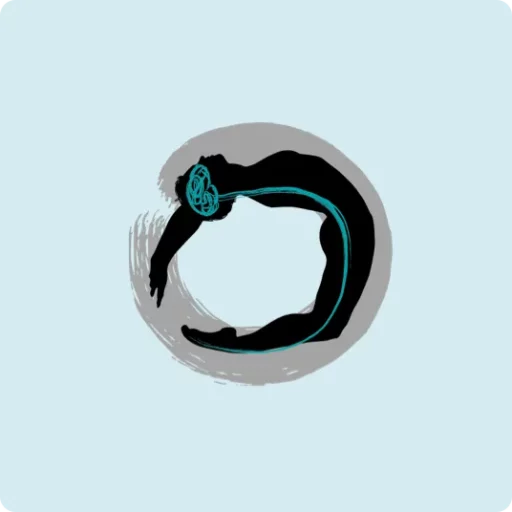If you're yoga and meditation practitioner, you may have heard of Ayurvedic massage and therapy and perhaps you have had doubts about what they consist of. Today from Yoga Synchrony We tell you the properties of Ayurvedic massage and therapy.
What is Ayurveda?
Ayurveda is the traditional indian medicine. It is a comprehensive medicine where the person is not treated for a specific symptomatology, but rather the solution to the problem globally. Searching for existing imbalances to find the origin of the problems or symptoms.
Ayur, means life durability, veda is wisdom or knowledge. Thus Ayurveda is the knowledge that seeks to lengthen our life.
This medicine proposes resolve imbalances with a combination of balanced and personalized diet, natural remedies, physical and spiritual practice, healthy habits, massages and meditation. One of the most used principles is the balance of “agni” or inner fire which helps us digest food, burn excess and provide vital energy.
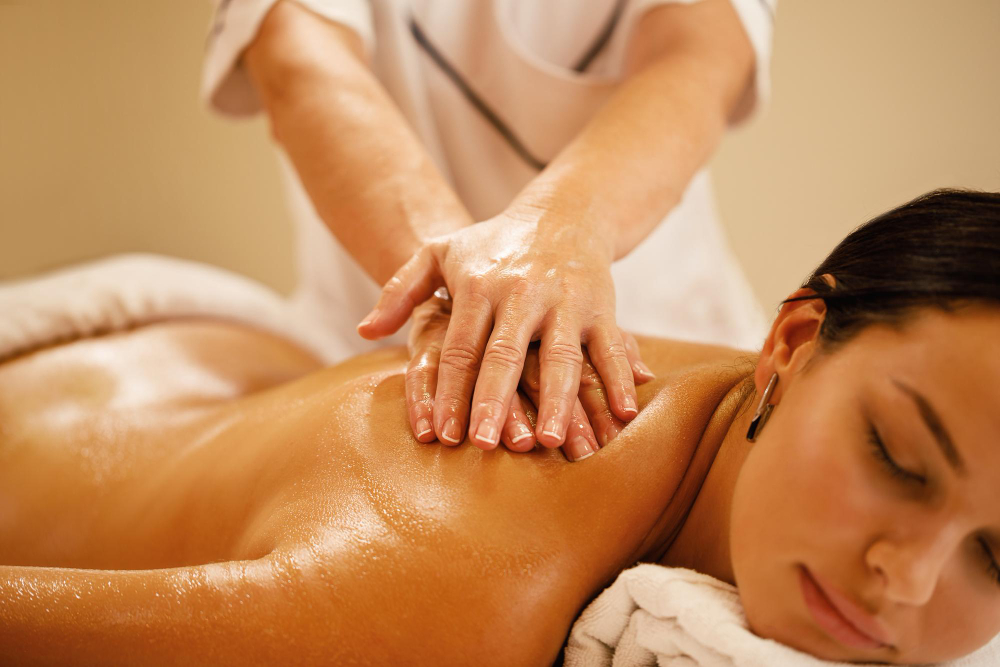
In Ayurveda each person is one combination of three constitutions (water/earth, air/space and fire/water) and depending on said combination you will have physical, mental and emotional tendencies different and with this tendency to develop some diseases and not others.
For example, a person with a large percentage of “water/earth” constitution will more easily generate mucus and if they also live in an environment with excess humidity, when they have an internal or external imbalance, said mucus will cause discomfort or illness. such as: rhinitis, sinusitis, asthma, colds, etc. He ayurvedic treatment or therapy will not focus on the disease or discomfort, but on the reason for the excess mucus and how balance your excess “water” both physically, mentally and emotionally.
Properties of massage and Ayurvedic therapy
So within this holistic view of the human being: body-mind-spirit, Ayurveda proposes the care and balance of the physical body through Ayurvedic massage and therapy, of the mind through the yoga and the meditation for the spirit.
That is why through personalization of the yoga and meditation practices focused on our constitution (active or passive, flexibility or strength, etc.) and complementation nutritional Y therapy From Ayurveda we can balance our entire being.
The main properties of massage and ayurvedic therapy are:
- Personalization based on the person's constitution. Each therapy and massage based on ayurveda It is exclusive to the person who receives it. Constitution, habits, type of work, age, and even the place in the world where we live can influence whether we feel an imbalance that must be restored. No two treatments are the same.
- Complete and holistic vision. Massage or Ayurvedic therapy is used as a complement to the whole that is our comprehensive health. It is not a relaxing massage per se, that too, but rather it seeks to recover health through the balance of our being.
- Using oils or dry sand. Likewise, depending on the constitution, one temperature or another of the oil will be used for the massage, or on the contrary, a type of dry sand will have to be used so as not to make the skin more oily.
- Recommendation of healthy habits. The hours of sleep, the timing and duration of food intake, physical exercise, daily hygiene, meditation, etc. Everything will be part of the “solution” to the conflict that is producing the imbalance at this moment in our lives.
Constitutions according to Ayurveda
As we have seen, there are three constitutions according to ayurveda that influence us both physically, mentally and emotionally. Furthermore, each person is a unique combination of the three and may have different composition at different times in his life.
Regardless of whether we have one or the other on a physical or mental level, or combinations of them, the different body functions will be directed by one of the three constitutions and his imbalance will produce difficulties in said function due to lack or excess. Our constitution may aggravate or reduce said excess or defect.
The constitutions are called doshas and there are three:
- Vata. Composed of air and space. It is a dry, light, cold, subtle, penetrating and mobile constitution. Regulates movement in the body.
- Pitta. Compound of fire and water. It is hot, light, fluid, mobile and oily. Regulates the transformation.
- Kapha. Composed of earth and water. It is cold, heavy, opaque, oily, dense, soft, static and thick. It gives stability and structure.
I can only recommend that you allow yourself to be advised and enjoy a good massage and Ayurvedic therapy as an ideal complement to yoga practice, which will balance your body, mind and spirit.

